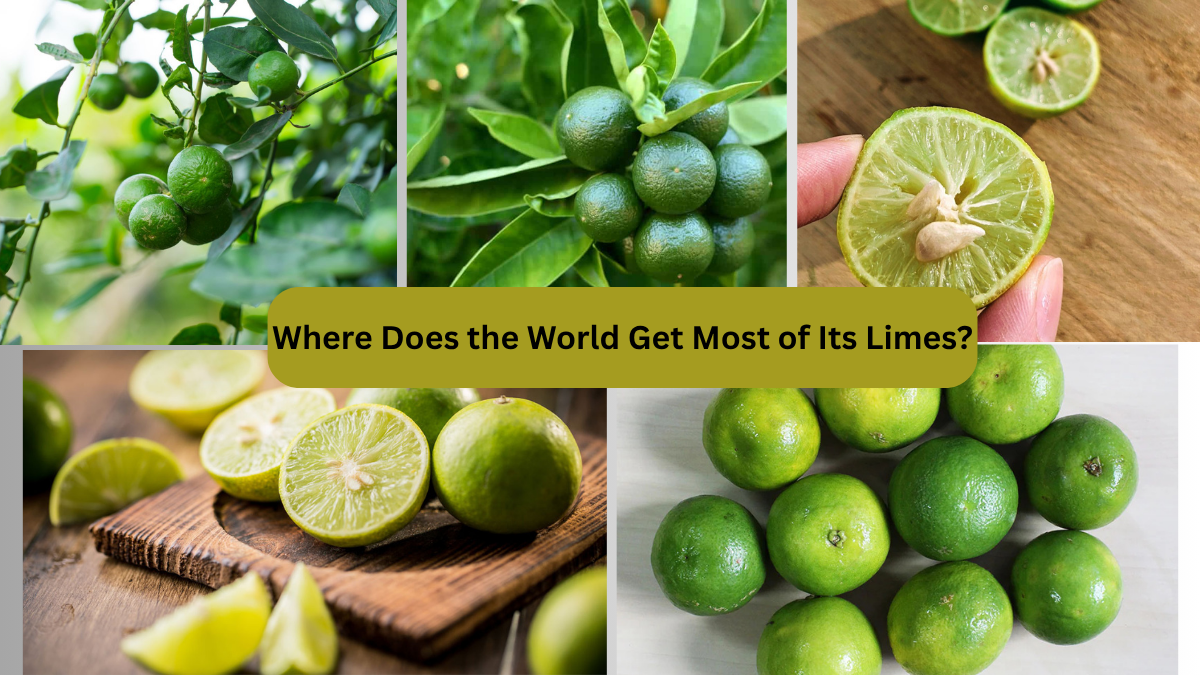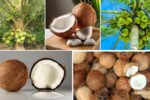From zesty cocktails and refreshing limeades to aromatic curries and tangy salad dressings, limes have become an indispensable ingredient in kitchens, restaurants, and wellness circles worldwide. These small, green citrus fruits are cherished not only for their sharp, sour flavor but also for their rich vitamin C content and medicinal value.
But have you ever wondered: Where does the world get most of its limes?
In this detailed guide, we’ll explore the leading lime-producing countries, uncover how global lime trade works, which markets consume the most, and why certain regions have earned international fame for their lime production.
A Quick Look at Global Lime Production
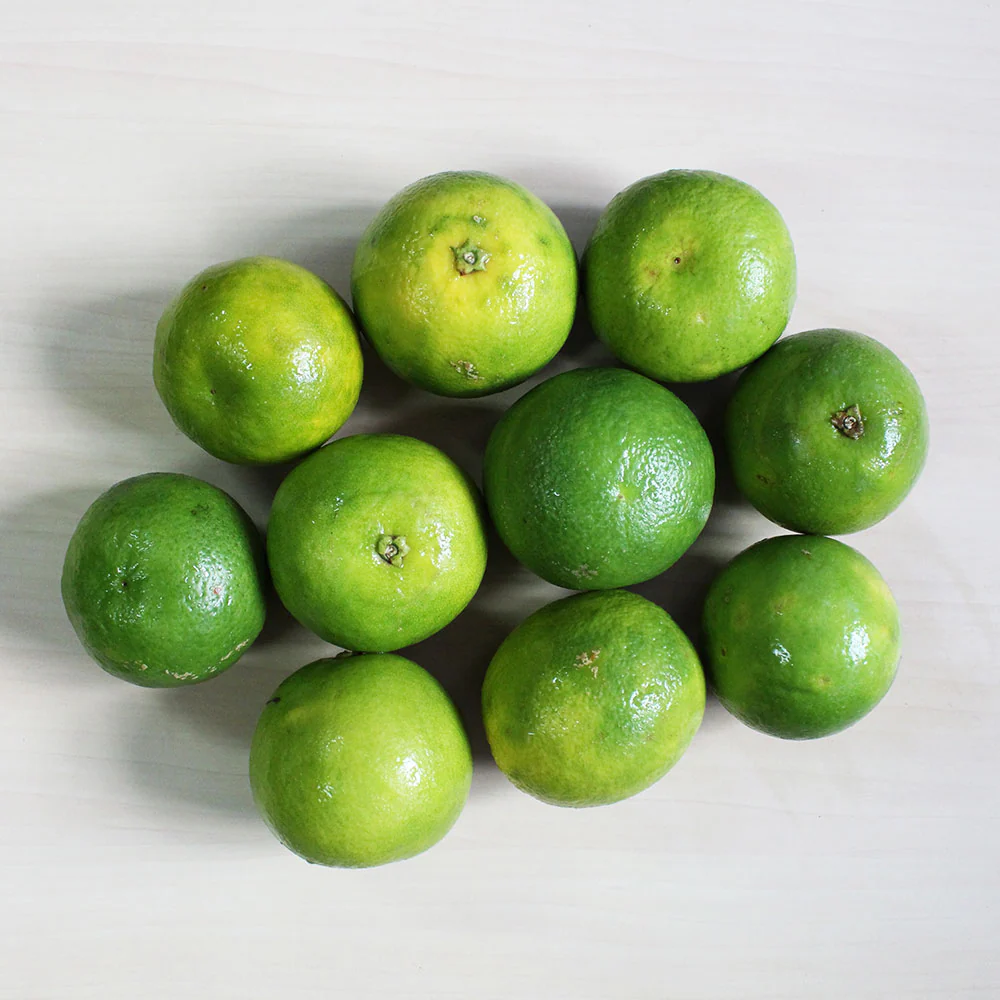
Limes thrive in warm, subtropical to tropical climates with well-drained soils and abundant sunshine. Thanks to their versatility and growing popularity, lime cultivation has expanded to over 50 countries worldwide.
According to FAO (Food and Agriculture Organization) data:
- Combined global production of lemons and limes exceeds 21 million metric tons annually.
- A handful of countries dominate the industry, supplying both their domestic markets and large international buyers.
Where Does the World Get Most of Its Limes?
While several nations contribute to the global lime supply, Mexico is by far the largest and most famous source, followed by India, Brazil, Egypt, and Argentina. Let’s explore how these countries fuel the international lime trade:
Mexico — The Undisputed Global Lime Supplier
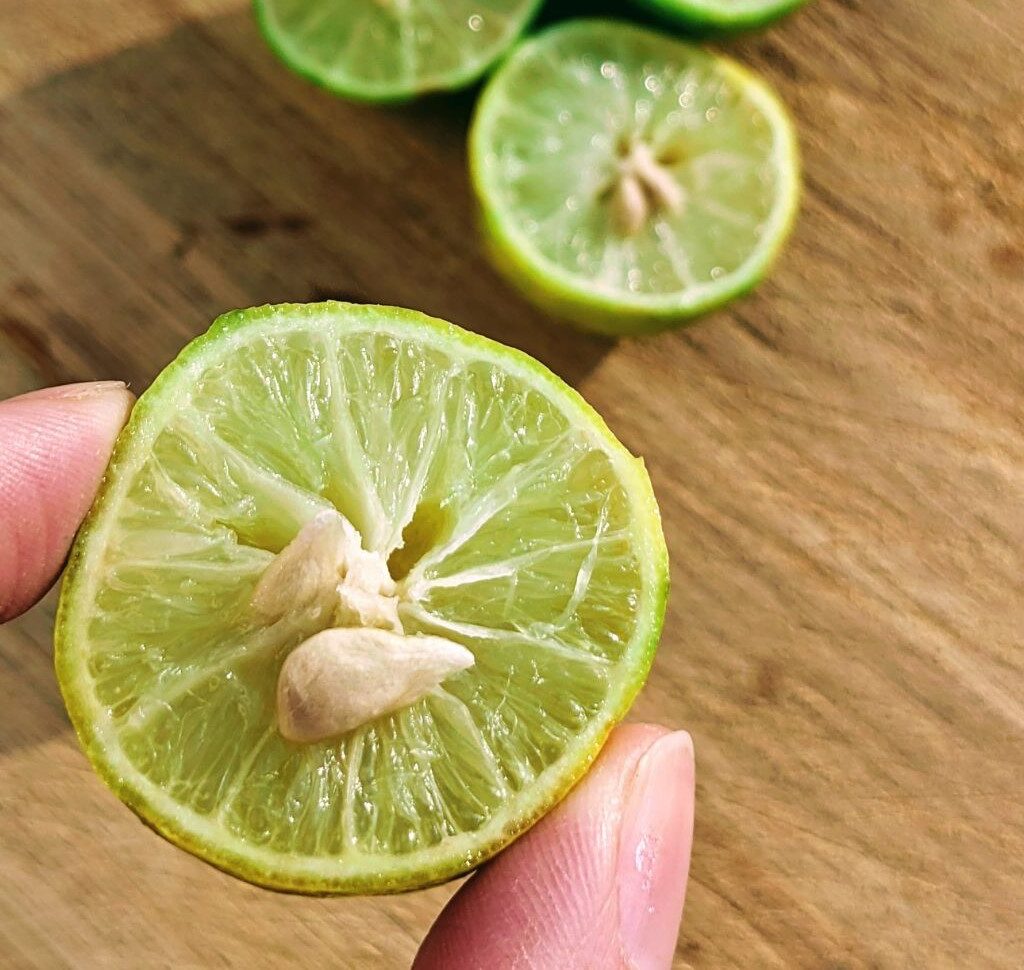
Annual Production: Approx. 3.1–3.3 million metric tons
Global Market Share: ~14–15%
Mexico is the world’s number one lime producer and exporter. The country’s ideal climate, rich volcanic soils, and modern agricultural infrastructure have made it a global leader in lime farming and distribution.
Where do Mexican limes go?
- United States: Over 70% of Mexico’s exported limes are sent to American supermarkets, restaurants, and beverage companies.
- Canada
- Europe: Especially Germany, the Netherlands, and the UK.
- Japan
- Middle East
Types of limes supplied:
- Key limes (Mexican limes): Small, aromatic, and highly acidic.
- Persian limes (Tahiti limes): Larger, seedless, and preferred for export due to durability and shelf life.
Key regions: Veracruz, Michoacán, Colima, and Jalisco.
India — A Giant in Domestic and Regional Lime Supply
Annual Production: Approx. 3.0 million metric tons
Global Market Share: ~13–14%
While India ranks alongside Mexico in lime production volume, most of its limes are consumed domestically in:
- Culinary dishes
- Ayurvedic medicines
- Household remedies
- Pickles, drinks, and desserts
Key export destinations:
- United Arab Emirates
- Nepal
- Bangladesh
- Sri Lanka
- Malaysia
Famous varieties:
- Kagzi Lime: Small, thin-skinned, and very juicy — India’s most popular lime variety.
Top growing states: Andhra Pradesh, Maharashtra, Gujarat, Tamil Nadu, and Karnataka.
Brazil — South America’s Lime Export Powerhouse
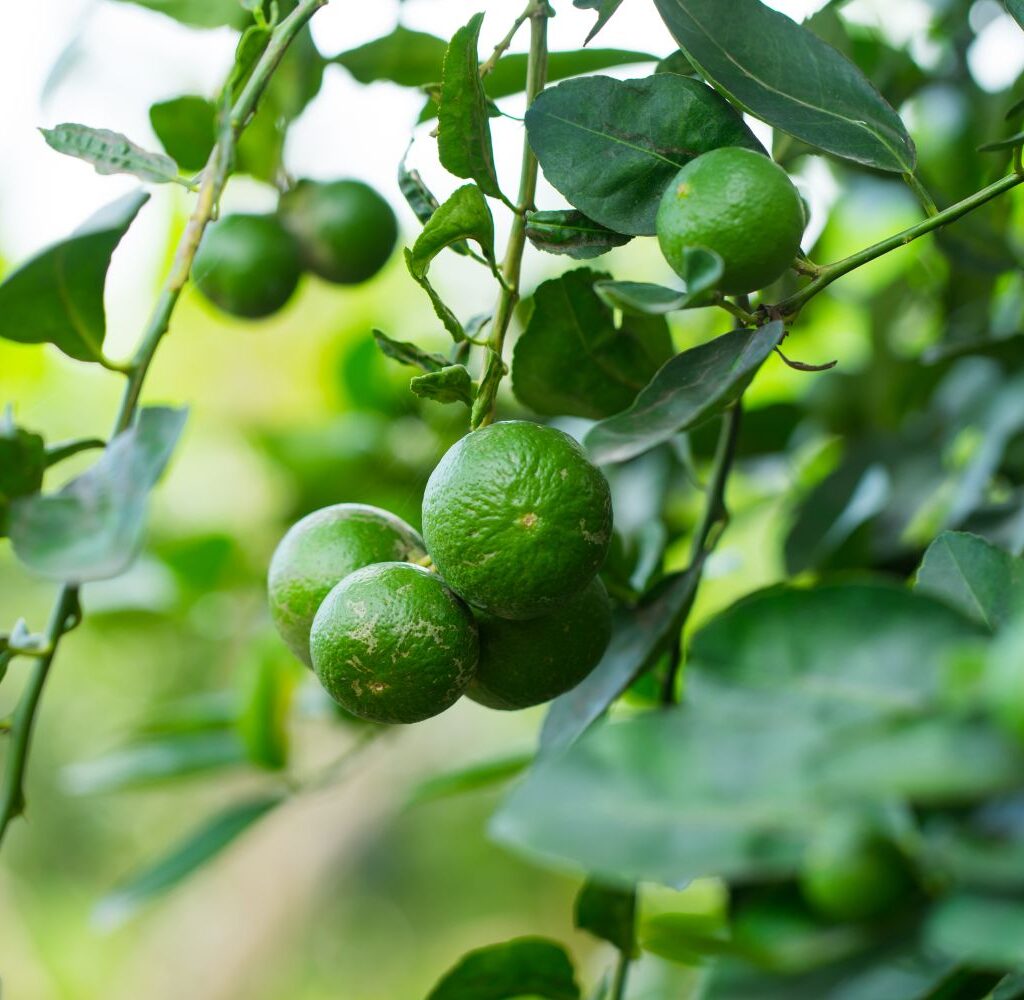
Annual Production: Approx. 1.6 million metric tons
Global Market Share: ~7–8%
Brazil, known globally for its citrus fruits, produces large volumes of Tahiti limes (Persian limes) primarily for export and domestic consumption.
Key export destinations:
- European Union (especially France, the Netherlands, and Germany)
- United States
- Middle Eastern markets
Top growing areas: São Paulo, Bahia, and Minas Gerais.
Brazil’s well-developed citrus industry ensures steady lime exports, particularly during off-season months when Mexican supply dips.
Egypt — Africa’s Largest Lime Exporter
Annual Production: Approx. 0.8 million metric tons
Global Market Share: ~4–5%
Egypt has emerged as a significant player in the global lime trade, thanks to its fertile Nile Delta and efficient export systems.
Where do Egyptian limes go?
- Russia
- Saudi Arabia
- United Arab Emirates
- European Union countries
Famous varieties: Baladi lime (small and flavorful), alongside Tahiti limes for export.
Argentina — Supplier of Premium Limes and Processed Products
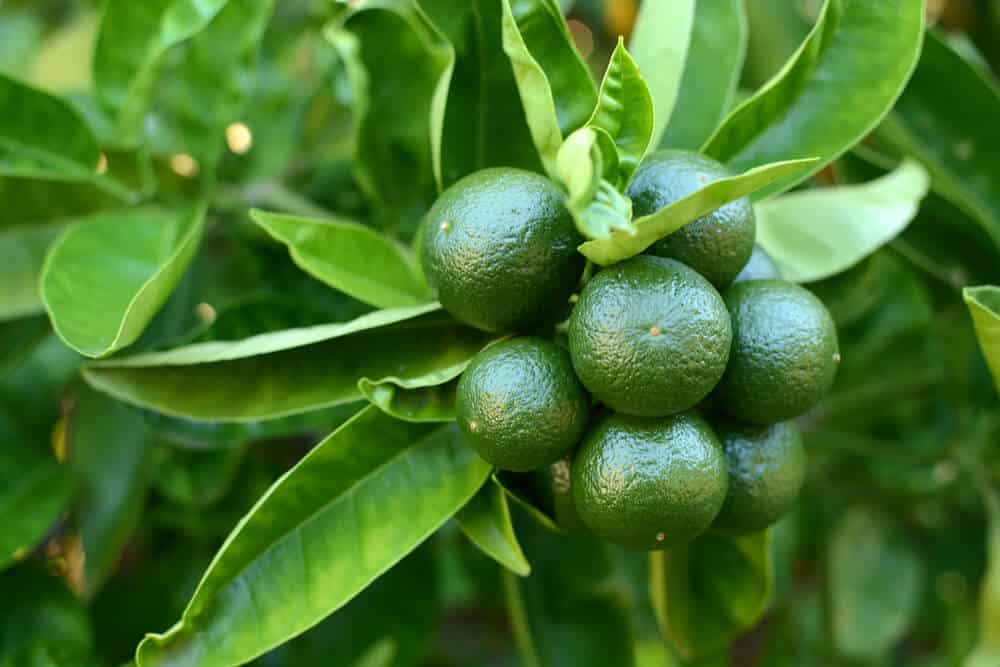
Annual Production: Approx. 0.7 million metric tons
Global Market Share: ~3–4%
Argentina contributes considerably to the global lime market, especially with processed lime products like:
- Lime juice concentrate
- Lime essential oils
- Fresh Persian limes
Top export destinations:
- United States
- European Union
- Brazil
- Canada
Primary growing region: Tucumán province.
Global Lime Trade at a Glance
| Rank | Country | Production (Metric Tons) | Main Export Destinations |
|---|---|---|---|
| 1 | Mexico | 3.1–3.3 million | USA, Canada, Europe, Japan, Middle East |
| 2 | India | 3.0 million | UAE, Nepal, Bangladesh, Sri Lanka |
| 3 | Brazil | 1.6 million | Europe, USA, Middle East |
| 4 | Egypt | 0.8 million | Russia, Saudi Arabia, Europe |
| 5 | Argentina | 0.7 million | USA, EU, Canada, Brazil |
How Are Limes Transported Globally?
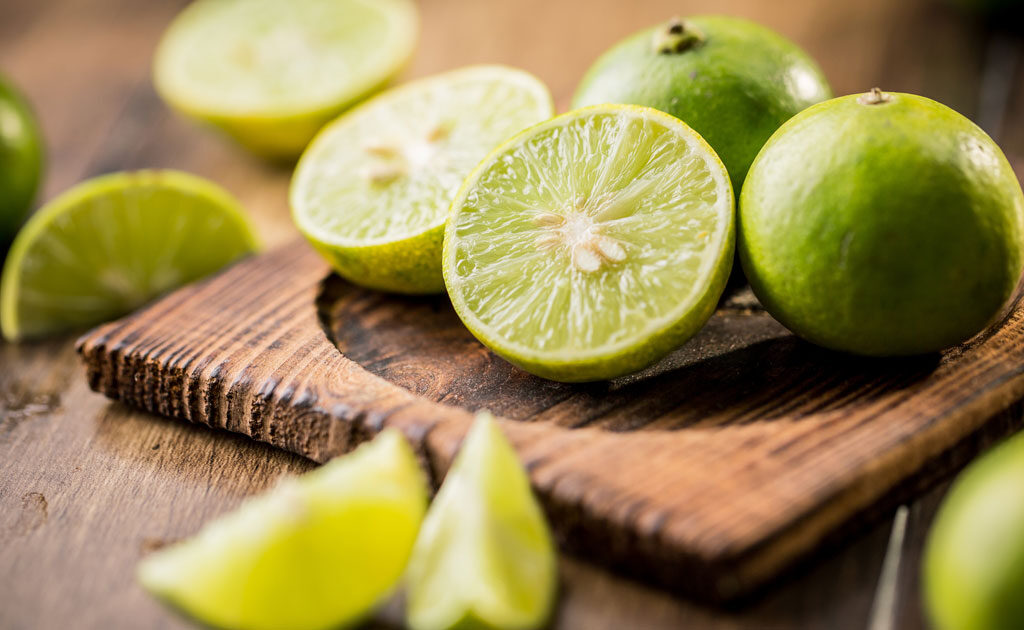
Fresh limes are typically harvested by hand, sorted, and packed for international shipping in:
- Refrigerated containers (to preserve freshness)
- Foam or mesh nets (for protection during transit)
- Special crates for air-freight high-value shipments
Additionally, many countries export lime juice concentrate, essential oils, and processed lime-based products.
Rising Demand and Emerging Markets
In recent years, lime demand has surged globally due to:
- Health and wellness trends emphasizing natural vitamin C sources.
- Popularity of ethnic and fusion cuisines.
- Growth in lime-based cocktails and non-alcoholic drinks.
- Increased use of lime essential oils in cosmetics and aromatherapy.
Emerging importers of limes include:
- South Korea
- Australia
- New Zealand
- South Africa
- Singapore
Global Uses of Limes
Limes are indispensable in:
- Food: Curries, salads, marinades, desserts.
- Beverages: Limeades, mojitos, margaritas, teas.
- Traditional Medicine: Remedies for colds, digestion, and detox.
- Cosmetics: Skin brightening, toners, and natural cleaning products.
- Essential Oils: Used in perfumes, soaps, and wellness therapies.
Final Thoughts
So, where does the world get most of its limes?
The clear answer: Mexico.
It not only leads in total production but also in global lime exports, with a massive supply chain feeding markets in North America, Europe, Japan, and the Middle East.
India closely follows, serving its vast domestic market and nearby nations, while Brazil, Egypt, and Argentina play crucial roles in regional and international trade.
As global demand continues to rise, these top-producing countries — especially Mexico — will remain at the heart of the world’s lime supply, ensuring this tart, flavorful, and vitamin-rich fruit remains a kitchen staple worldwide.
